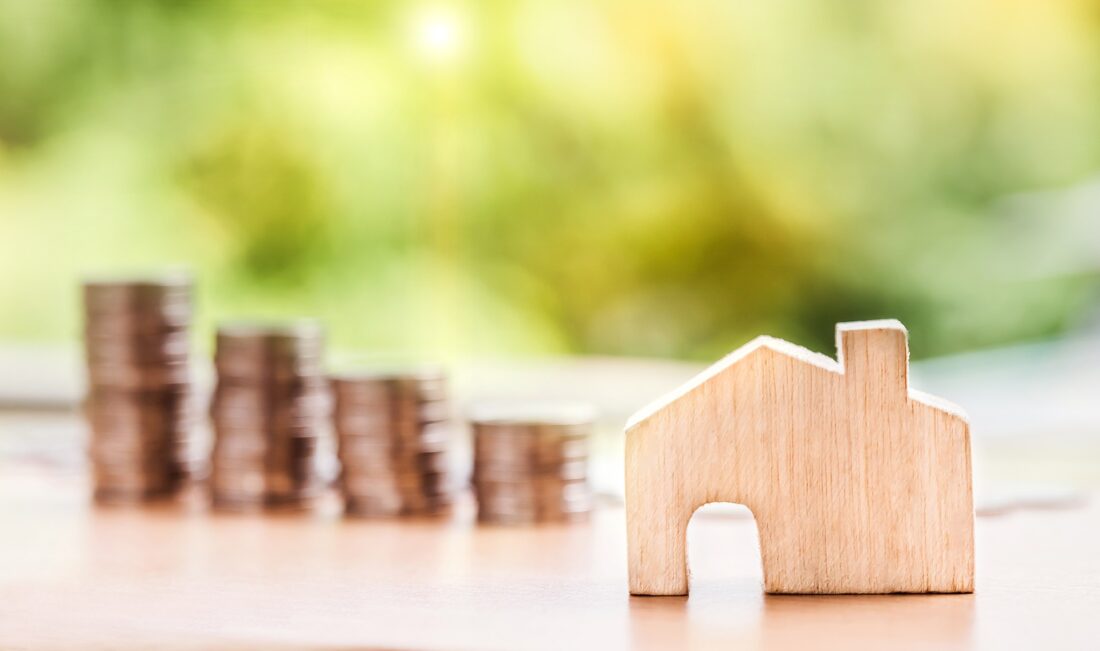If you’re trying to get pregnant, then this question has to be at the forefront of your mind. You can only conceive during your ‘fertile window’ – a period of a few days in each cycle anchored in place by when you ovulate.
For conception to occur, active sperm have to encounter a fertile egg (usually in the fallopian tubes, sometimes in the uterus), which means that you opportunity to get pregnant each month is dictated by how long both sperm and egg can survive! As healthy sperm can survive in the body for four to five days, and an egg remains fertile for between twelve and twenty four hours, this gives you a period of four to five days in each menstrual cycle when you can get pregnant.
Predicting this window of time is really important, especially if you have a plan for the ideal time you want to get pregnant and give birth. It’s absolutely vital if you’re trying to counter the fertility effects of conditions like Polycystic Ovary Syndrome, which makes ovulation rarer and less regular – identifying and anticipating that key moment is the key tool you have available to help you get pregnant.
Is there an answer, though? Plenty of products promise to be an ovulation predictor but do they work?
Ovulation Calculators
These are perhaps the most convenient, lowest effort solution available, which makes them inherently attractive to some. All you need to do is enter the date your last period started, and the length of your menstrual cycle, and it can place where you are in yours, and tell you when you’re due to menstruate.
These work well – for women with extremely regular cycles. If yours works like clockwork every month, this is a good option, but even then tools like this simply can’t pick up health issues that might cause a disruption to your cycle.
Ovulation Predictor Kits
Known as OPKs, these kits work like pregnancy test: they check your urine for a spike in a particular hormone, the Luteinising Hormone that prompts your ovaries to release an egg, in this case. If the test detects you’re experiencing a surge in this hormone it tells you’re ovulating!
The weakness of these tests is that they’re not good at picking up results if you have a disrupted hormonal background – if you have a naturally low surge of LH it may never pick it up even if you ovulate regularly!
Basal Body Temperature
This is one of the best measures, with real predictive power: your basal body temperature (the minimum it sinks to while you sleep) responds to your menstrual cycle, so taking your temperature with an accurate digital thermometer can predict when you’re due to be at your most fertile.
It can be hard work to get good readings, but with specialised products available to take some of the pain out of taking readings and turning data into predictions, it’s the best option for the majority of people!

